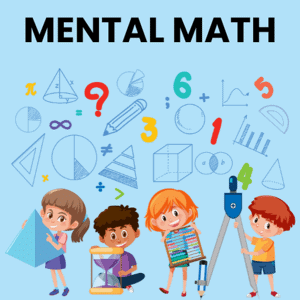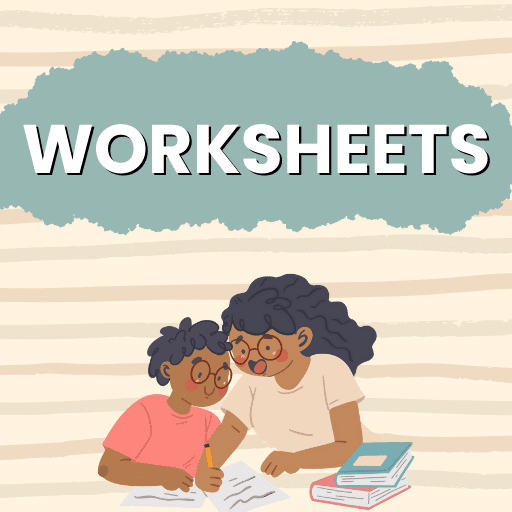Best Study Material for Class 3 Exam
Class 3 Exam > Class 3 Notes > English Grammar Class 3 > PPT: Verb And Tense
PPT: Verb And Tense | English Grammar Class 3 PDF Download
| Download, print and study this document offline |
Please wait while the PDF view is loading
Page 2 A verb is a word that expresses an action or a state of being. The verb "danced" in the sentence above expresses an action of the subject "Aaron." Aaron danced to his favorite music. Aaron is a member of the school's dance club. The verb "is" in the sentence above expresses the state of being of the subject "Aaron." Together with nouns, verbs are the primary elements of a sentence or phrase. Page 3 A verb is a word that expresses an action or a state of being. The verb "danced" in the sentence above expresses an action of the subject "Aaron." Aaron danced to his favorite music. Aaron is a member of the school's dance club. The verb "is" in the sentence above expresses the state of being of the subject "Aaron." Together with nouns, verbs are the primary elements of a sentence or phrase. Using verbs, one can identify whether an action occurred in the past, is occurring in the present, or will occur in the future. Verbs express time through these tense forms. Aaron played basketball. Aaron plays basketball. Aaron will play basketball. Page 4 A verb is a word that expresses an action or a state of being. The verb "danced" in the sentence above expresses an action of the subject "Aaron." Aaron danced to his favorite music. Aaron is a member of the school's dance club. The verb "is" in the sentence above expresses the state of being of the subject "Aaron." Together with nouns, verbs are the primary elements of a sentence or phrase. Using verbs, one can identify whether an action occurred in the past, is occurring in the present, or will occur in the future. Verbs express time through these tense forms. Aaron played basketball. Aaron plays basketball. Aaron will play basketball. An action verb describes what someone or something does. Remember that action verbs are not always physical actions; they can also be mental actions. Physical Action: Aaron read a book. Aaron thought of an idea. Mental Action: The verb "read" expresses a physical action done by the subject "Aaron." The verb "thought" expresses a mental action done by the subject "Aaron." Page 5 A verb is a word that expresses an action or a state of being. The verb "danced" in the sentence above expresses an action of the subject "Aaron." Aaron danced to his favorite music. Aaron is a member of the school's dance club. The verb "is" in the sentence above expresses the state of being of the subject "Aaron." Together with nouns, verbs are the primary elements of a sentence or phrase. Using verbs, one can identify whether an action occurred in the past, is occurring in the present, or will occur in the future. Verbs express time through these tense forms. Aaron played basketball. Aaron plays basketball. Aaron will play basketball. An action verb describes what someone or something does. Remember that action verbs are not always physical actions; they can also be mental actions. Physical Action: Aaron read a book. Aaron thought of an idea. Mental Action: The verb "read" expresses a physical action done by the subject "Aaron." The verb "thought" expresses a mental action done by the subject "Aaron." k n o w r e a l i z e h o p e d e c i d e b e l i e v e i m a g i n e g u e s s f e e l u n d e r s t a n d r e c o g n i z e r u n s k i p p l a y s i n g d r a w w a l k e a t s l e e p w a t c h w a v eRead More
|
19 videos|142 docs|27 tests
|
FAQs on PPT: Verb And Tense - English Grammar Class 3
| 1. What are verbs and why are they important in English grammar? |  |
| 2. How do I identify different tenses in English verbs? |  |
Ans. You can identify different tenses in English verbs by looking at their forms and the auxiliary verbs used. For example, the simple present tense typically uses the base form (e.g., "run"), while the past tense often adds "-ed" for regular verbs (e.g., "played"). Other tenses, like the present continuous, use forms of "to be" plus the verb ending in "-ing" (e.g., "is running").
| 3. What is the difference between regular and irregular verbs? |  |
Ans. Regular verbs follow a consistent pattern when changing tenses, typically forming the past tense by adding "-ed" (e.g., "walk" becomes "walked"). Irregular verbs do not follow this pattern and have unique past tense forms (e.g., "go" becomes "went"). Knowing the difference is crucial for proper verb conjugation.
| 4. How can I practice using different verb tenses effectively? |  |
Ans. You can practice using different verb tenses by engaging in writing exercises, speaking practice, and using online resources or apps designed for grammar practice. Additionally, reading books and articles can help you see how various tenses are used in context.
| 5. Why is it important to use the correct tense in writing and speaking? |  |
Ans. Using the correct tense is important because it ensures clarity and coherence in communication. It helps convey the time frame of actions and events accurately, avoiding confusion for the listener or reader about when something occurred or will occur.
Related Searches






























